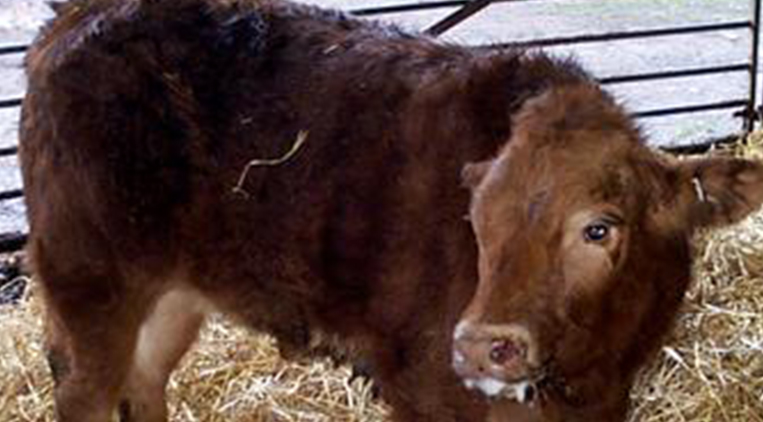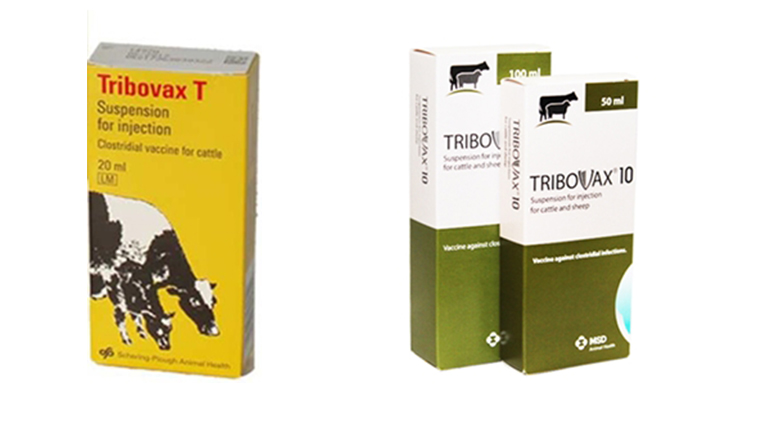
A familiar situation
Here is a situation that, in my experience, happens all too often in the suckler herd. You have a strapping bull calf that looks a great prospect. But the second you wean him, he starts to lose ground. Come selling time, he is a scrawny-looking specimen, barely recognisable from the calf you reared and had such high hopes for. You end up barely making a profit on him, after feed costs and your own time are taken into the equation.
The questions that always spring to mind when I hear stories like this are:
1. Why does it happen?
And
2. Is it preventable?
Psychological trauma
To answer the first question, there are a variety of reasons why a weanling might start to lose ground. For starters, we shouldn’t underestimate the psychological stress of weaning on the animal. Being forcibly and permanently removed from his mother is a massive shock to a calf, as it would be to any animal. Unfortunately, there isn’t much we can do to mitigate this psychological trauma, other than to ensure that the weaned calf has plenty of bovine company and adequate feed.
Physical stressors
Parasites
The psychological stress that a weanling experiences may compound some of the physical stressors of weaning, leaving him more vulnerable to a range of diseases that typically strike calves during this period. Because their bodies are undergoing considerable stress due to a change in diet and environment, weanlings are known to be vulnerable to stomach worms, lungworm and fluke.
That is why it is essential to develop a control programme for managing all three parasitic worms before weaning begins. Generally, it is recommended that you draw up this programme in consultation with your vet; and you should consider a range of factors, including soil type, stocking rates, grazing system and historical problems specific to your farm. Faecal tests are a great means of helping you to decide on the correct parasitic treatment to use for your weanlings.
Pneumonia
Weanlings are also prone to pneumonia in the weeks after weaning. The foremost causes of weanling pneumonia are viruses such as bovine herpes, bovine respiratory viruses, and bovine parainfluenza. In many cases, pneumonia is followed by secondary bacterial infections, often associated with Pasteurella.

It is important to work out a plan to reduce a calf’s exposure to such diseases. Good housing practice will be essential to achieving this aim. Always ensure that houses are clean, with adequate ventilation and sufficient space for the number of animals housed. It is also important to remember that pneumonia is most common in immuno-deficient or immuno-compromised animals. Therefore, it is advisable to administer a bolus or vitamin-enriched drench shortly before or after weaning.
Vaccines
Vaccination should also be a key part of your weanling health programme, particularly for combatting the deadly clostridial diseases that occur in immuno-compromised weanlings. There are a wide range of disease-specific vaccines available on the market. Among the best known vaccinations for clostridial diseases in cattle is the Tribovax range. Generally speaking, vaccinations should be administered a couple of weeks prior to weaning. Some vaccines require a booster shot, and the lifespan of immunity varies from product to product. Usually, though, you can expect around 12 months protection from disease.

Hold off on castration
Since weaning is an extremely traumatic event in a calf’s life, it is better that you do not castrate around this period. Castration places additional stress on the animal at a time when he is already extremely vulnerable. It also causes the animal to lose ground in the short term, so in my view it is a big no-no for newly weaned calves. Personally, I would recommend holding off until about 8 weeks after weaning. At this point, the animal should have recovered sufficiently to deal effectively with this new stress.
Thanks for reading
To conclude, I would reiterate the importance of developing a plan to protect animal health during the weaning process. This plan should include, but should not necessarily be limited to, a treatment plan for parasitic infections, a good housing plan, and a rollout of relevant vaccinations. Providing plenty of company and adequate food to weaned stock will also be essential!










